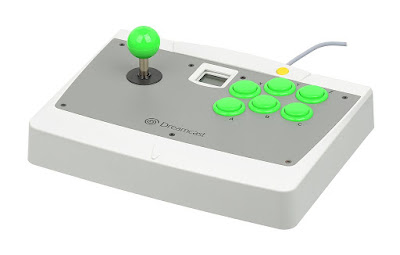Understanding Hardware Technologies for Game Platforms
Understanding Hardware Technologies for Game Platforms
HCI (Human Computer Interface)
HCI (Human Computer Interface) is the communication between a human user and a computer system, in particular the use of input/output devices with supporting software. Devices of increasing sophistication are becoming available to meditate the human-computer interaction. These include graphics devices, touch-sensitive devices and voice-input devices. These devices have to be configured in a way a way that will facilitate an efficient and desirable interaction between a person and the computer.
AI (Artificial Intelligence) techniques of knowledge representation may be used to model the user of a computer system, and so it offers the opportunity to give personalised advice on its use.
HCI is a branch of of the science of ergonomics and is relationship between workstations and their operators. The aim is to develop acceptable standards for such aspects as display resolution, use of colour and navigation around an application.
Information extracted from:
http://www.encyclopedia.com/computing/dictionaries-thesauruses-pictures-and-press-releases/human-computer-interface
What is a controller?
A controller is a device used with a games entertainment system to provide input to a video game, typically to control an object or character in the game. A controller is usually connected by a wire although since the mid-2000s, wireless controllers have become more popular.
What are Input Devices?
Input devices are devices that have been classified as game controllers such as keyboards, mice, gamepads, joysticks, etc. Special purpose devices, such as steering wheels for driving games and light guns for shooting devices are also game controllers.
Game controller improvements and design
Game controllers have been designed and improved over the years to be as user friendly as possible. Microsoft's Xbox controller has shoulder triggers that mimic actual triggers which can be found on guns have become popular for shooting games. Some controllers are designed for a specific type of game such as dance pads for dancing games.
FACT!!!!
One of the first video game controllers was a simple dial and a single button used to control the game Tennis for Two. Controllers have since evolved to include directional pads, multiple buttons, analog sticks, joysticks, motion detection, touch screens and a plethora of other features.
Types of Controllers
Gamepad: A gamepad also known as a joypad is held in both hands with the thumbs and fingers used to provide input. Gamepads can have a number of action buttons combined with one or more omnidirectional control sticks or buttons.
Paddle: A paddle is a controller that features a round wheel and one or more fire buttons. The wheel is typically used to control movement of the player or an object along one axis of the video screen. Paddle controllers were the first analog controllers and they lost popularity when paddle and ball type games fell out of favour. Paddle controllers were specifically designed for the game Indy 500.
Joystick: A joystick is a peripheral that consists of a handheld stick that can be titled around either of two axes or twisted around a third. The joystick is often used for flight simulators. Most joysticks are designed are operated with the user's primary hand with the base either held in the opposite hand or mounted on a desk.
Touchscreen: A touchscreen is an input device that allows the user to interact with the computer by touching the display screen. The primary controller for Nintendo's Wii U console the Wii U GamePad features an embedded touchscreen. Modern touchscreens use a thin durable transparent plastic sheet overlaid onto a glass screen. The location of the touch is calculated from the capacitance for the X and Y axes which varies based upon where the sheet is touched.
FACTS!!!!
The first attempt at a handheld game console with touchscreen controls was Sega's intended successor to the Game Gear though the device was ultimately shelved and never released due to the high cost of touchscreen technology in the early 1990s.
One console that is touchscreen but is not manufactured by Nintendo is Sony's PlayStation Vita which has a 5 inch OLED touchscreen.




Comments
Post a Comment